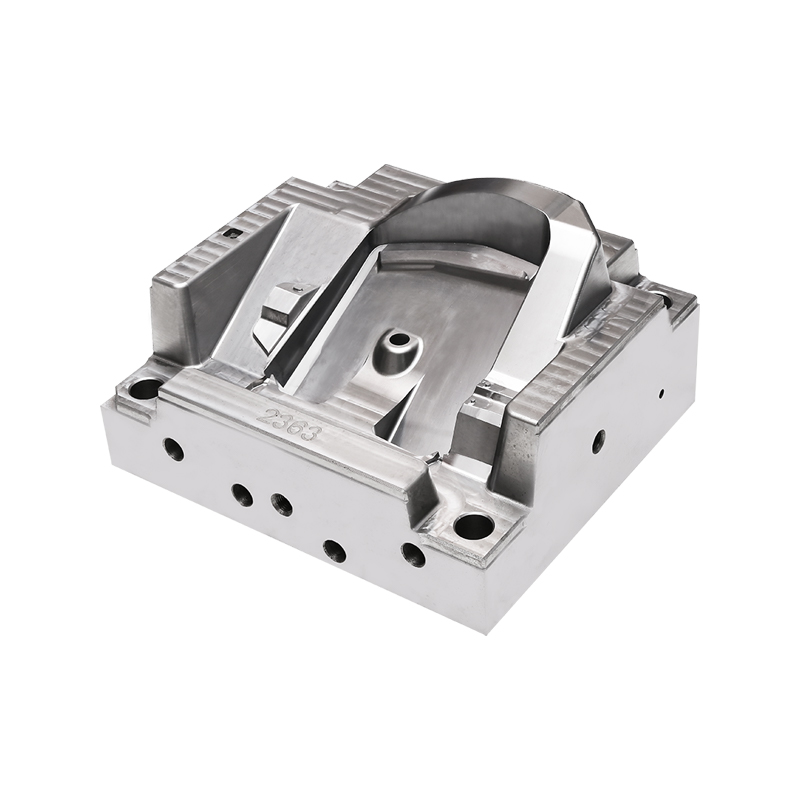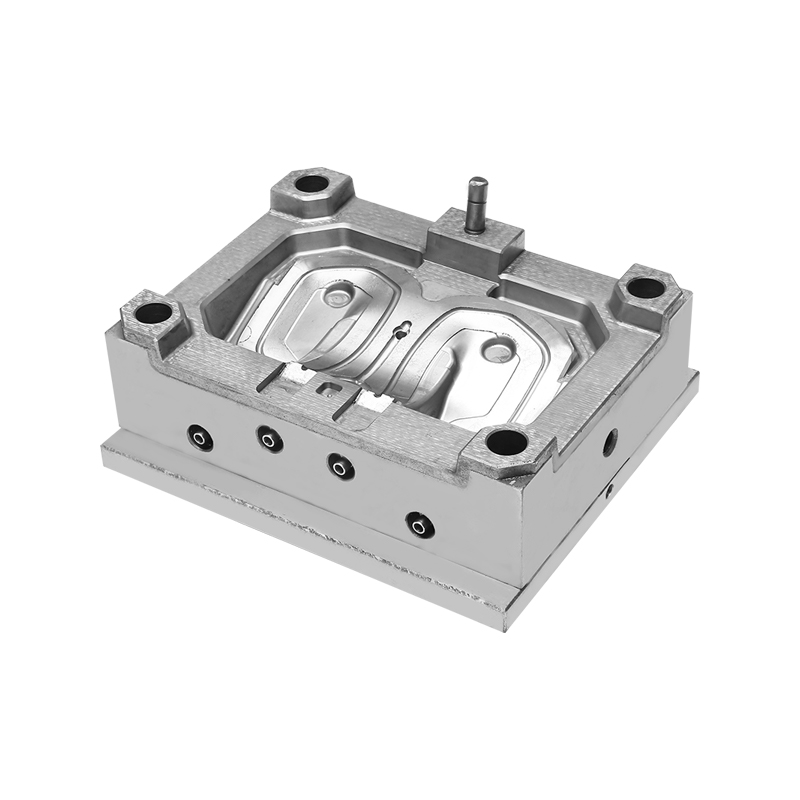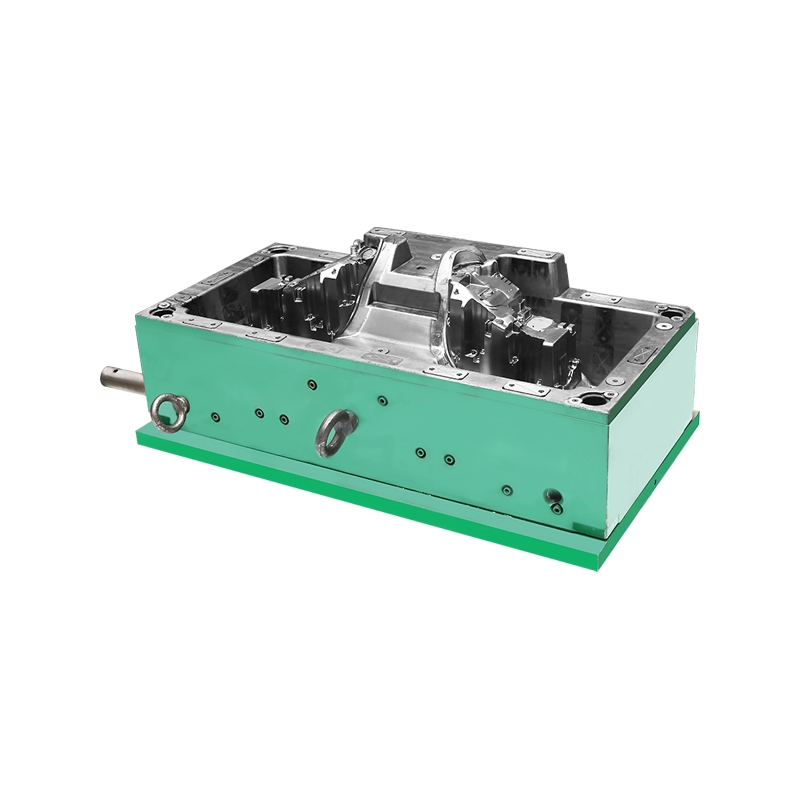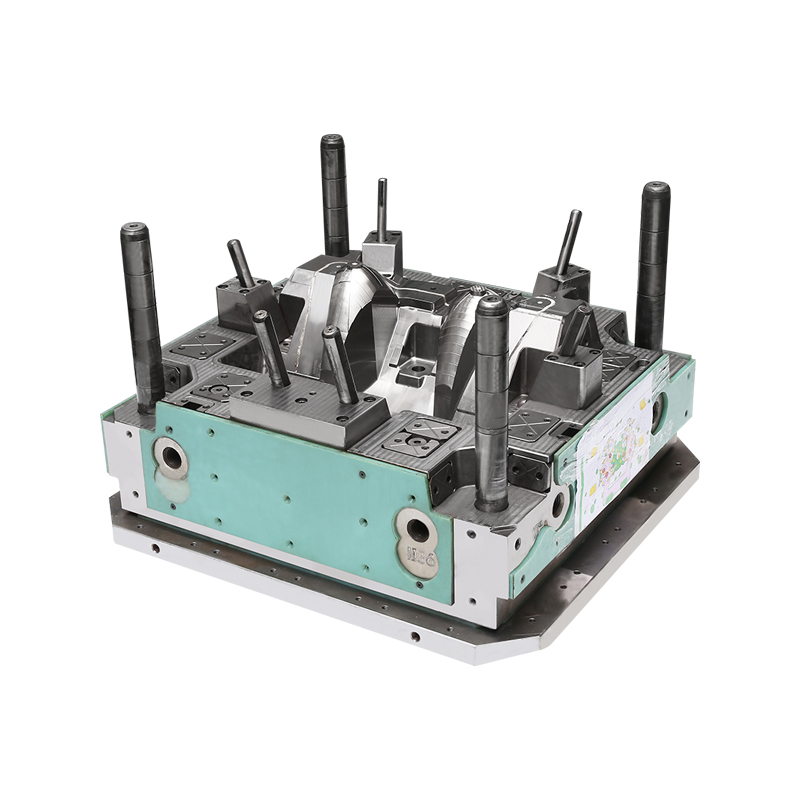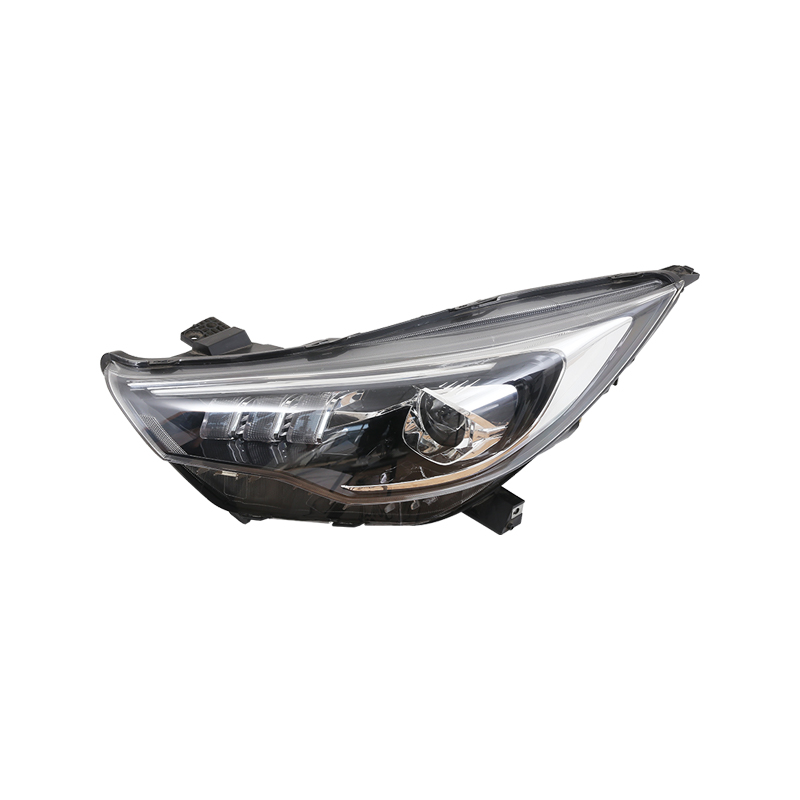In the highly competitive automotive industry, precision engineering and material efficiency are increasingly essential to meet performance and design expectations. One of the unsung heroes enabling this progress is the evolution of car body moulds, which have become central to how modern vehicles achieve structural integrity, aerodynamic efficiency, and aesthetic appeal. With the integration of CAE simulation and topology optimisation, car body moulds are enabling the efficient forming of complex vehicle surfaces such as streamlined roofs and high-performance aerodynamic components.
Traditionally, car body moulds served a more functional purpose—forming body panels from sheet metal with a focus on repeatability and durability. However, today’s demands extend beyond those fundamentals. Vehicle designs are pushing boundaries with intricate surface geometry and seamless transitions, all while maintaining structural resilience. To meet these needs, car body moulds are evolving into highly specialised tools backed by advanced simulation technologies.
A key transformation in the domain of car body moulds comes through the use of Computer-Aided Engineering (CAE) and simulation-driven design. Engineers are no longer working solely on trial-and-error processes. Instead, every step of mould design and fabrication is simulated to predict stress, deformation, and formability. These simulations allow for real-time optimisation, reducing material waste and shortening development cycles. It is this evolution in how car body moulds are conceptualised and tested that allows for greater design freedom in automotive styling without compromising manufacturing efficiency.
An innovative example illustrating the power of next-generation car body moulds can be seen in the development of ultra-deep drawing moulds used in sports car door manufacturing. Unlike conventional moulding that requires multiple welded parts, these advanced car body moulds support one-piece forming of deep-structured panels. This not only eliminates the strength concerns commonly associated with weld seams but also achieves better surface finish and dimensional consistency. The resulting door panels are stronger, lighter, and more aesthetically refined.
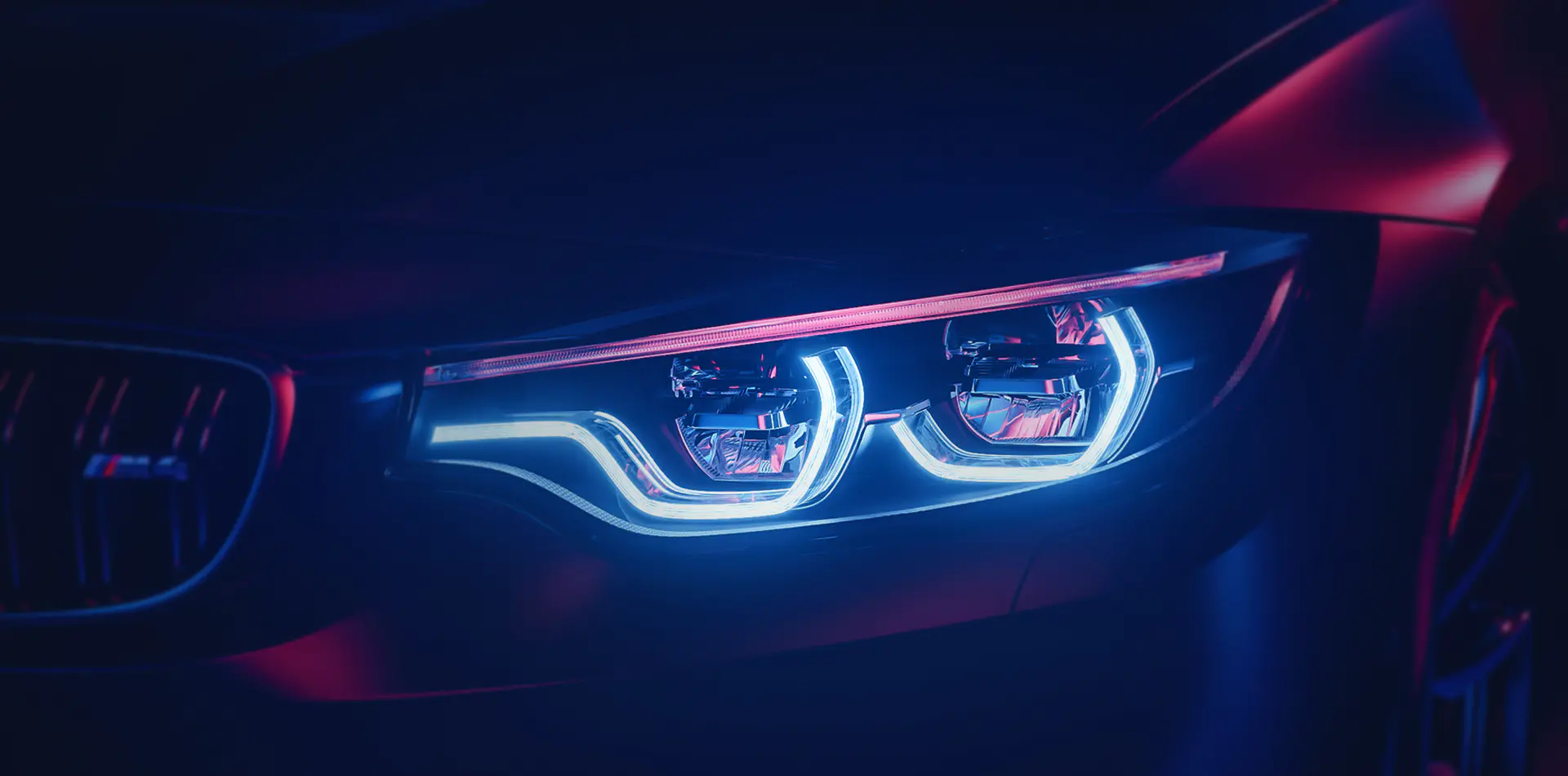
This innovation is particularly vital for vehicles that rely on aerodynamic performance. The shaping of components such as rear spoilers, front diffusers, and underbody panels depends heavily on the accuracy and capability of car body moulds. Without them, achieving the necessary air flow management for stability and efficiency at speed would be a formidable task. These components often involve complex curvatures and tight tolerances, pushing traditional forming techniques to their limits—something modern car body moulds are specifically engineered to overcome.
The integration of topology optimisation also plays a critical role. By evaluating the load paths and stress distribution in each component, engineers can design car body moulds that produce panels with strategic reinforcements, where material is needed most, and reduce mass where it’s not. This not only improves the mechanical performance of the formed panels but also contributes to the overall weight reduction goals that are vital for fuel efficiency and electric vehicle range.
Beyond performance, car body moulds are now central to the visual identity of modern vehicles. Designers rely on the high fidelity and repeatability of moulds to bring bold concepts to life, whether it's a sharp crease line down the side of a coupe or a smoothly contoured crossover roofline. Each surface detail must be captured precisely, and car body moulds make this possible with tight dimensional control and advanced surface finishing techniques.
Automotive manufacturers increasingly view car body moulds not just as manufacturing tools but as strategic assets in their design and production ecosystems. Their role spans from enabling faster prototyping to scaling up production with consistency and minimal rework. As automotive trends lean further into electrification and lightweight construction, the demand for even more sophisticated car body moulds is set to rise.
In conclusion, the continued advancement of car body moulds reflects the broader transformation of automotive engineering—from a practice once grounded in mechanical repetition to one driven by simulation, optimisation, and precision. These tools are not only shaping metal but also shaping the future of the automobile.

 English
English 中文简体
中文简体 русский
русский Español
Español
